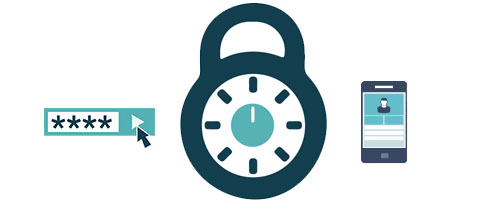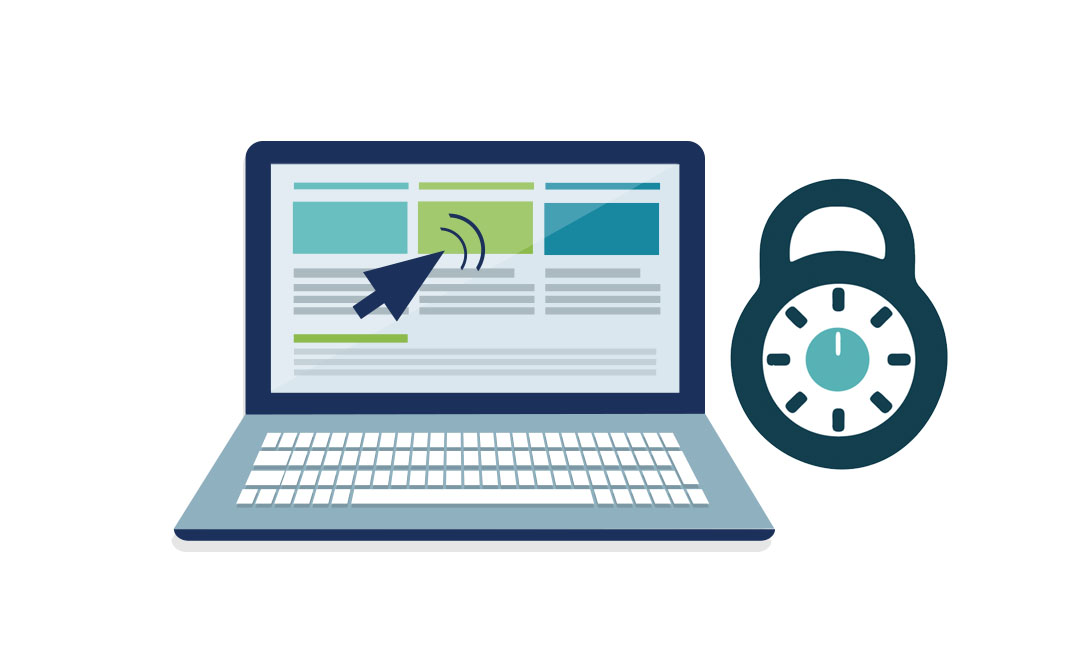Multi-factor authentication (MFA) is perhaps the most significant step that IT organizations can take when it comes to improving identity security. As a result, over the last several years MFA solutions have become commonplace with web applications. But this has traditionally come with an additional cost. Now, a new generation of SaaS MFA is being integrated into the core identity provider to step-up the security of user identities and reduce cost.
The Growth of MFA

Historically, multi-factor authentication (often referred to as 2FA) was a clunky, enterprise class solution that was hard to implement and even harder to get end users to accept. IT admins didn’t like setting it up and maintaining it, and end users disliked needing to have to carry a token around for each service.
However, with the advent of mobile smartphones, applications have emerged to make it easier to generate the MFA pins or tokens users enter for access, or even push notifications they can accept or deny. Further, many web applications are now enabling 2FA as an add-on capability, reducing some of the load off of the IT admin. This ease of use and setup is a big driver in the increasing popularity to the security feature.
While these are huge steps forward, one challenge that remains is integrating MFA capabilities into the core identity provider. This is a difficult task, but it does come with benefits. By integrating MFA into the identity provider, the core identity that is leveraged for access to systems, applications, and other IT resources can be secured at a much higher level. This is a huge plus for admins, but as mentioned is no easy process to set up on their own.
SaaS MFA

Fortunately, a next generation identity provider, called Directory-as-a-Service, is enabling SaaS MFA capabilities. Leveraging a wide range of token generation solutions like Google Authenticator and Yubikey, this cloud identity management solution can enable 2FA on Mac and Linux systems, as well as web applications, all from the Directory-as-a-Service SSO portal.
The best part about using a SaaS MFA solution is that IT admins don’t have to deal with the hassle of setting up a separate MFA solution that’s independent from the identity provider, and additional cost that comes with multiple solutions. SaaS-based MFA capabilities are tightly integrated into JumpCloud’s core directory service, ensuring that you can control and secure access to all of your IT resources from one place.
If you would like to learn more about the SaaS MFA capabilities of the unified cloud directory, feel free to reach out to us. We would be happy to answer any questions that you might have, as well as show how simple it can be to set up MFA with us. Alternatively, if you would like to check out the platform for yourself, you can sign up for a free account of the cloud-based directory. We offer your first 10 users free forever, with no credit card info required, so there’s no reason not to give it a shot. From there, you can test it out and make sure the solution works for you. Sign up today!


